The first cool breezes of September always seem to put me in a Who frame of mind.
Maybe it’s because I saw the band for the first time back in the fall of 1982 — October 5th at the Chicago-adjacent Rosemont Horizon, to be exact — or because I first fell in love with the Quadrophenia album two autumns later, when it became the perfect soundtrack for the Jimmy-like office gig I was holding down (and Jimmy-like angst I was experiencing) while all my high school classmates were off at their freshman year of college. Or maybe, as with The Kinks, there’s something about The Who’s intrinsic Englishness that just resonates a little more deeply once the leaves begin to turn.
In any case, The Who have certainly been on my mind and my turntable quite a lot over the past few weeks. I was recently a guest on Paul Bearman’s podcast Talking About The Who, where we discussed my life-changing first viewing of The Kids Are Alright, the spiritual qualities of “A Quick One While He’s Away,” the time I blew out my right knee attempting a Pete Townshend leap, my love-hate relationship with Roger Daltrey’s “Bob Seger voice,” and much more — and Paul also graciously gave me some airtime to promote Now You’re One of Us: The Incredible Story of Redd Kross, which is now inching towards the one-year anniversary of its publication. It was a really fun chat, and Paul tells me it broke his podcast’s record for most episode downloads in a single day (I’m guessing my polka-dot shirt is what did it). So cheers to everyone who has given it a listen!
Cheers as well to all my and
’s paid subscribers who made our August CROSSED CHANNELS examination on The Who’s late-sixties American sojourns the most-downloaded of all our podcast episodes to date. (Though I suspect our latest episode, which revolves around Bruce Springsteen’s second and third albums, may soon give The Who a run for their money.) We truly appreciate your support!And then, just a couple of weeks ago, the limited splatter-colored vinyl edition of the newly-released The Who Live at the Oval 1971 landed on my doorstep, courtesy of my dear old publicist pal Todd Nakamine. (Thank you, Todd!) As I am firmly of the opinion that few if any rock bands have ever been able to touch the live power and majesty of The Who circa 1967-72, this was a most welcome development — especially since (despite having been a rather avid collector of Who bootlegs at an earlier point in my life) I’d never actually heard a single note from this concert before. And now, having had some time to really absorb this album, I thought I’d share my take on it here…
First of all, let’s deal with the elephant in the room:
What the hell is up with that awful cover art? Was “The Who play Coachella” the AI prompt? I suppose it’s a little better than the totally half-assed cover of The Who Live At Fillmore East 1968 — at least the band members are actually represented this time, if unnecessarily upstaged by some generic hipster caricature. But still… yuck. The cover image used for the album’s accompanying 16-page booklet (as seen at the top of this post) would have been my choice, though as ever The Who’s team neglected to consult me on such matters. The splatter vinyl of this pressing is pretty sweet, though…
Second, let’s talk a bit about the album’s origins, because the context of this concert is kinda key to understanding what exactly we’re listening to here:
The Who Live at the Oval 1971 was recorded 54 years ago this week, when the band headlined “Goodbye Summer,” a day-long charity concert held at the Oval Cricket Ground in South London. As Who historian Andy Neill recounts in his illuminating liner notes, the concert — produced by Rikki Farr, who was previously seen bellowing obscenities at gate-crashers from the stage of the 1970 Isle of Wight Festival — was intended as the UK’s counterpart of George Harrison’s recent star-studded “Concert for Bangla Desh” at Madison Square Garden. On September 18th, an estimated 40,000 punters swarmed into the hallowed home of the Surrey County Cricket Club to enjoy the lovely late-summer weather and groove on the live sounds of The Who, The Faces, Atomic Rooster, America, Mott the Hoople, Lindisfarne and several other artists, while additional fans watched from high-rise blocks of the surrounding council flats. This was, to date, the largest London audience The Who had ever played in front of.
This was also The Who’s first UK show since returning to England from a three-week US tour to promote the newly-released Who’s Next, the band’s first new studio album since 1969’s Tommy. While a big success from a box office standpoint, many of the tour’s shows had been beset by myriad technical difficulties, owing in part to the band coming to grips with performing songs from the new album (like the backing tape-augmented “Won’t Get Fooled Again”) and their crew struggling to figure out the massive new Sunn PA system that had been purchased upon their arrival in America.
Though some of those bugs had been worked out by the time The Who took the stage at the Oval, not all of them had; and while the between-set changeovers had been pretty short and seamless up until this point in the concert, a full hour break between The Faces and The Who was required while the latter’s crew set up the band’s new PA. Pye Studios’ 8-track mobile unit (overseen that day by Who’s Next associate producer Glyn Johns) had been engaged to record the entire concert for a possible Concert for Bangla Desh-type live album — but in the frenzy to get The Who up and running, some of the carefully-placed recording microphones were knocked out of position, and the event’s uncooperative security refused to let Johns’ crew back onto the stage to readjust them. Meanwhile, Pete Townshend had gotten significantly over-refreshed in the backstage area while hanging out with The Faces and other music-biz mates…
All of which might have augured a car-crash level of disaster for a lesser band, but this is The bleedin’ ‘Oo we’re talking about — and at this point in their career, it was going to take a whole lot more than technical gremlins and copious amounts of booze to knock them off their stride. While the 15-song set they performed that night at the Oval was not without its bum notes, off-key vocals, out-of-tune guitars, dropped beats and between-song Townshend rants, it was nonetheless a fiery and thrilling performance, and by all accounts everyone went home happy.
Judging from the many reviews I’ve seen of Live at the Oval 1971, however, I’d say this recording of the show has not been received with the same uniform degree of delight. Some of this is down to the recording itself; while the Pye mobile studio had been previously employed to record 1970’s immortal Live at Leeds, the crew’s inability to adjust the mics at the Oval (and various technical issues with the new PA) precluded anything in the way of pristine audio. But while the instruments aren’t perfectly delineated in the soundstage, and the vinyl edition has been mastered a tad on the quiet side, the music still sounds quite powerful and dynamic once you crank up the volume — and the overall audio quality is still several leagues about the “bootleg” level that I’ve seen some detractors claim for this release.
I’ve also seen reviewers decry the sloppiness of the performance, and even denigrate Live at the Oval 1971 as little more than a “cash grab”. On the other hand, I’ve also seen raves describing the album as an absolutely essential addition to the band’s live discography — and while I lean far closer to the latter camp than the former one, I’m not sure I’d go entirely that far.
There is much about Live at the Oval 1971 that I absolutely love, including the band’s decision to open their set with the slamming one-two punch of “Summertime Blues” and John Entwistle’s “My Wife” instead of their usual openers “I Can’t Explain” and “Substitute” (both of which also sound great here, though I’ve never understood why The Who chose to ditch the explosive lead break in “Substitute” during this era). And there are indeed several moments of face-melting brilliance scattered throughout the show, including the band’s extended apocalyptic boogie through Marvin Gaye’s “Baby Don’t You Do It” and one of the rawest performances of “Naked Eye” that I’ve ever heard.
But so much of what I really dig about Live at the Oval 1971 is that which also prevents me from recommending it whole-heartedly to the casual Who fan: Chiefly, the fact that much of the performance is a glorious, riotous mess. This is especially the case with the mid-set Who’s Next trilogy of “Bargain,” “Behind Blue Eyes” and “Won’t Get Fooled Again” — they were still 10 days away from working “Baba O’Riley” into the set on a regular basis — where you can really hear the band (especially Townshend, though Entwistle and Keith Moon also lose their places at times) trying desperately to keep the train on the tracks as it hurtles towards the station.
I’ve heard a lot of live Who tapes over the years, official and otherwise; and during my bootleg collecting days, when I was always looking for the “ultimate” live performance of one Who favorite or another, I also developed a real taste for these imperfect sort of moments. By the time I first saw The Who, they were already abetted by a touring keyboardist (Tim Gorman), and the goal — at least with the newer material — seemed to be to make the songs sound as much like the records as possible. And while I could be wrong, I’m pretty sure Townshend and Daltrey haven’t gone out without the safety net of multiple backing musicians on any of The Who’s subsequent tours.
But at this point in the 1970s, The Who were still very much the Four Dysfunctional Musketeers, a quartet whose combustible chemistry could spark in entirely different ways from gig to gig depending on their individual moods, levels of inebriation and other extenuating circumstances. And as much as I dearly love The Who as a firing-on-all-cylinders killing machine (a la the original and expanded versions of Live at Leeds), I also genuinely dig hearing them come temporarily unglued — especially on songs like “Won’t Get Fooled Again” that would not only become compulsory additions to the band’s set, but would eventually become so perfectly polished as to constitute more of a rote ritual than any sort of meaningful expression.
Who’s Next would eventually go down in history as a Gibraltar-sized slab of classic rock perfection (even if its original vinyl pressing is wonderfully unruly), but the renditions of its songs on Live at the Oval 1971 are anything but perfect. Here, it just boils down to four volatile human beings — three instrumentalists and a singer — playing off each other at a brutally high volume and responding to each other’s sounds, talents and idiosyncrasies within the framework of songs that haven’t yet been thoroughly committed to muscle-memory. And that’s precisely what I find so beautiful and exciting about them.
So if you’ve never heard a live Who record before, or you’re only familiar with Live at Leeds and the live bits on the Kids Are Alright soundtrack, then Live at the Oval 1971 (which is also available on CD and from all the usual streamers) probably isn’t the best place to go next. Instead, I would definitely pick up Live at the Isle of Wight 1970, Fillmore East 1968 (my personal favorite) and the expanded version of Who’s Next with the live performances from the Young Vic theatre. But if you’ve already got those albums, and the raucous audio document of a transitional, tightrope-walking and more-than-slightly wasted moment in The Who’s history sounds like your idea of a good time, then Live at the Oval 1971 will definitely cure your end-of-summertime blues.


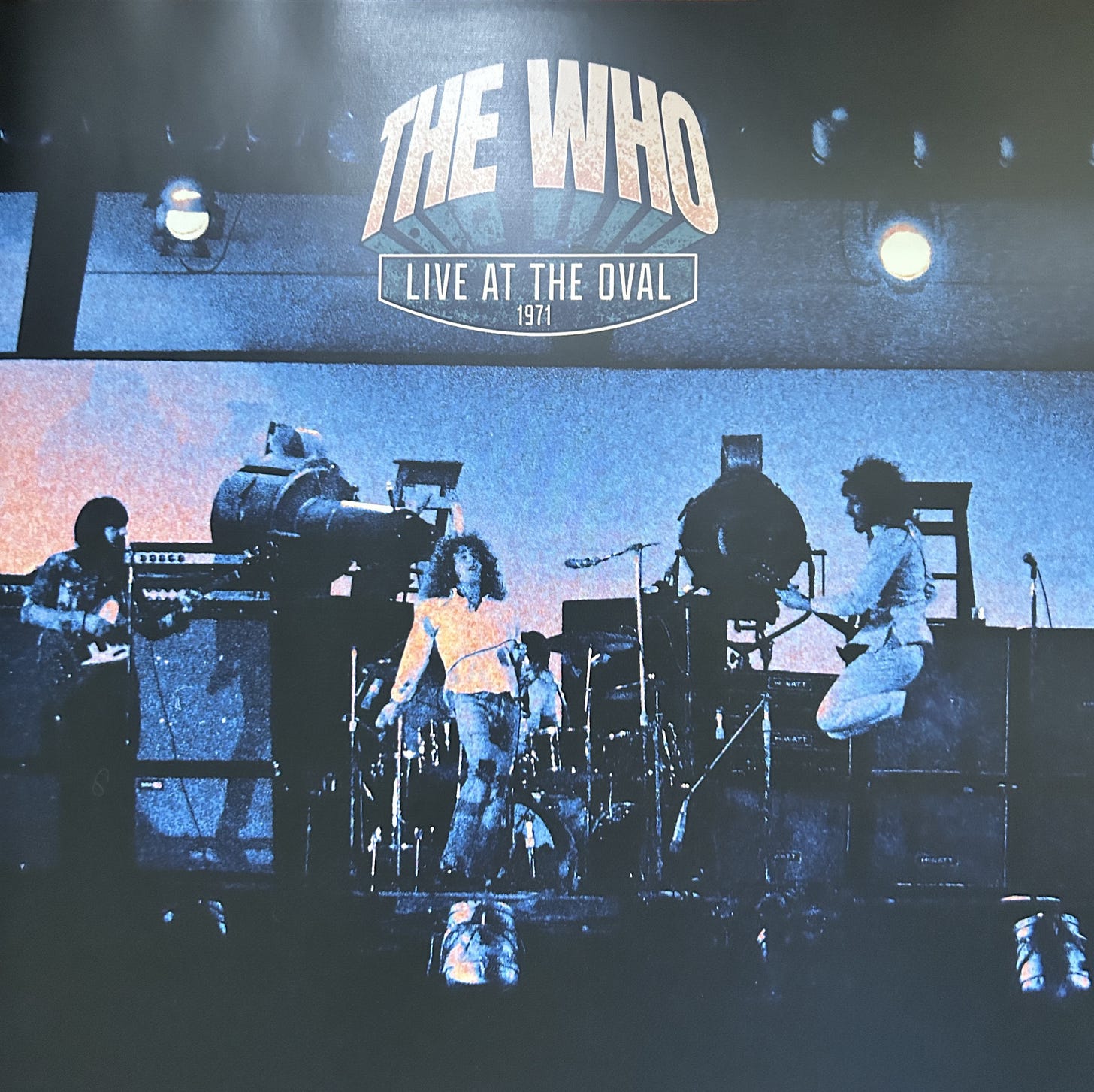
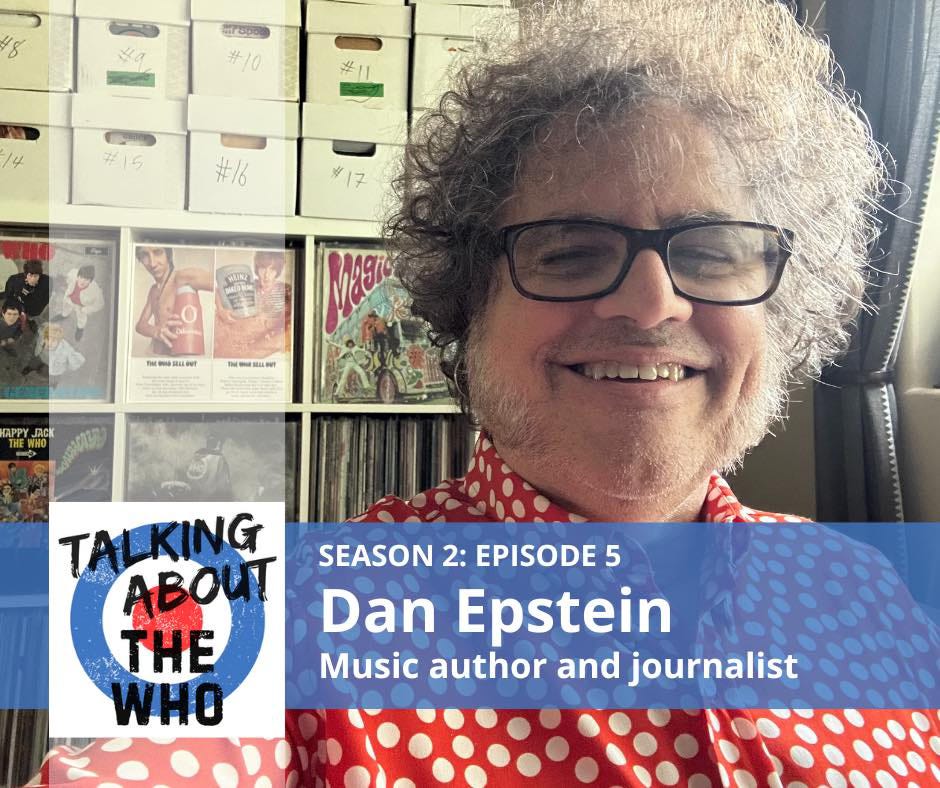
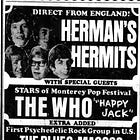

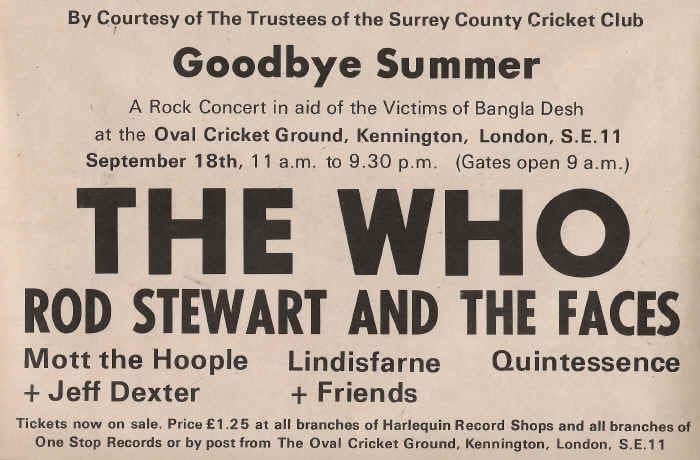
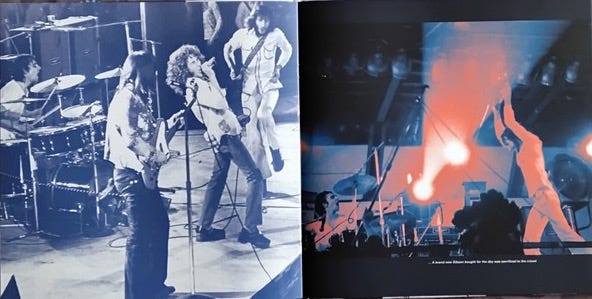
It's funny, I've been talking this over with a good friend this past week. I think there is a definite shaggy dog appeal of the drunken reverie happening on and off stage. The take on Naked Eye is, as you say, absolutely revelatory. Overall, though ... and not to play the game of "X isn't good because Y is better", this release comes up short in every way when compared with the Leeds set ... particularly the expanded version released a few years ago. Or, at least as I hear it.
"....significially over-refreshed" i.e. drunk? Love that.
These live recordings of the group in their prime are going to be the closest thing most of us now are going to get to the real Who experience.